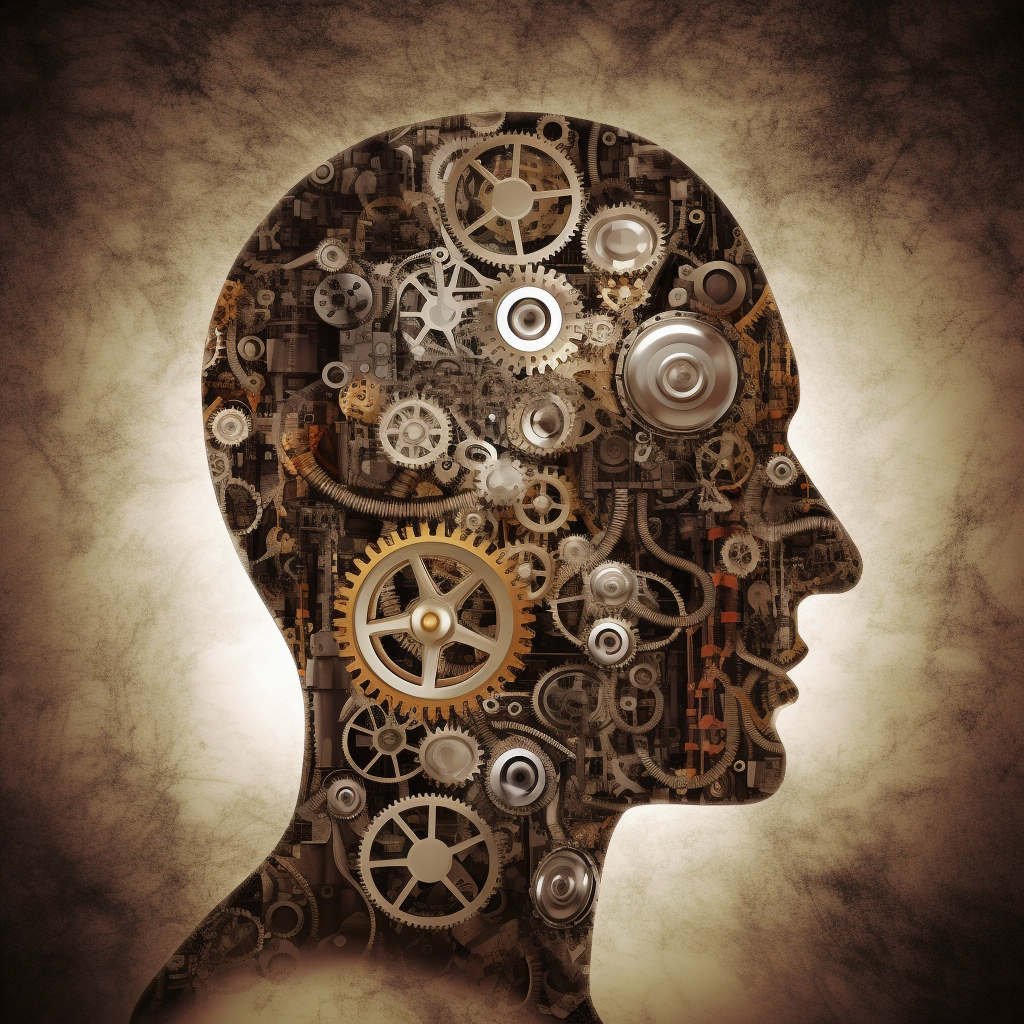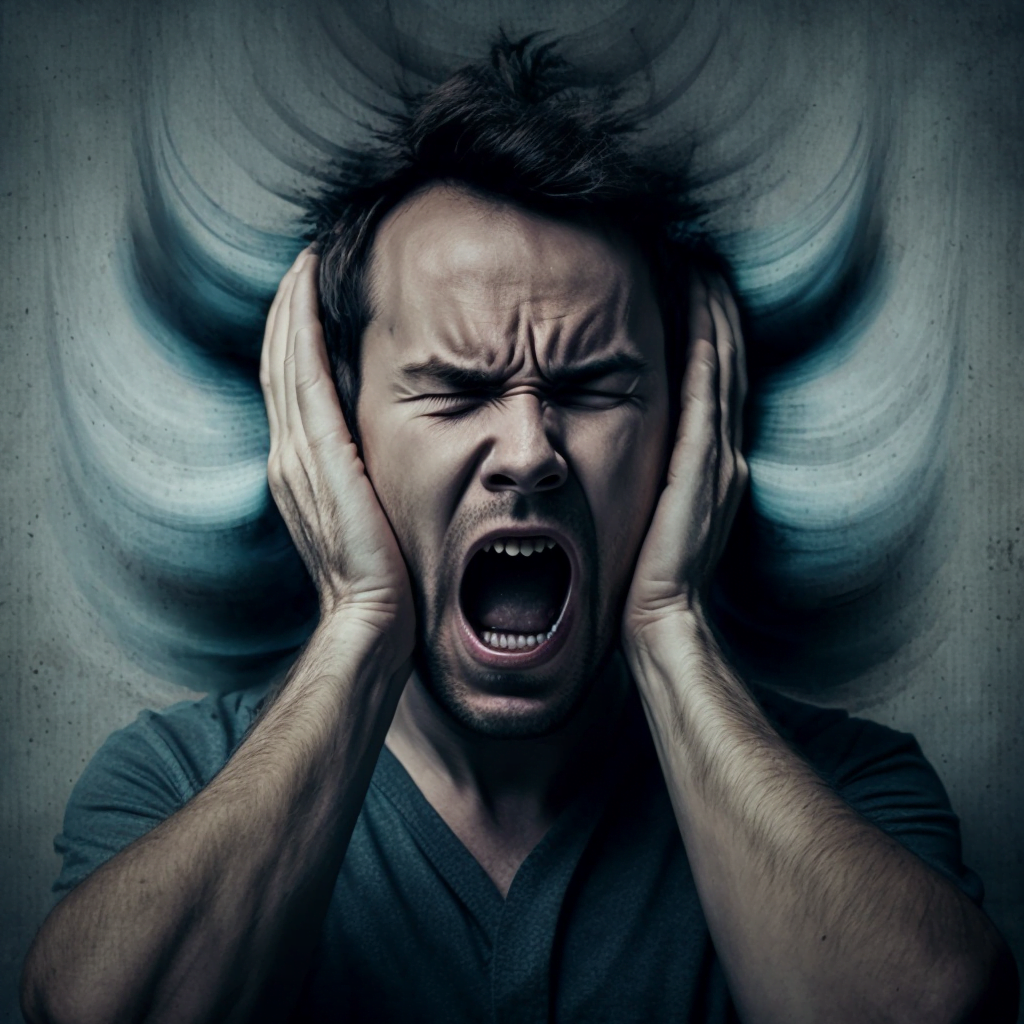
Labile affect is a mental disorder where a patient shows extreme displays of emotions or incorrect emotional responses to a situation. Labile affect is also called pseudobulbar affect (PBA), or emotional incontinence. We can often see it in children when they overreact to seemingly minor things. But in adults, it is unfortunately caused by an underlying neurological disorder or head injury.
The A-B-Cs of Labile Affect
The human brain is a fascinating machine, working like clockwork to manage emotions. But sometimes, those gears can go a bit haywire, and labile affect is one of those cases. To understand this concept better, let’s dive deeper into its causes, symptoms, and treatments.
Gears Going Haywire: Causes of Labile Affect
Labile affect doesn’t just happen out of the blue. It’s usually a result of an underlying issue, such as a neurological disorder, head injury, or even certain medications. Some common causes include:
- Stroke or traumatic brain injury
- Multiple sclerosis (MS)
- Alzheimer’s disease
- Parkinson’s disease
- Amyotrophic lateral sclerosis (ALS)
- Brain tumors
- Certain medications, such as antidepressants or mood stabilizers
It’s crucial to remember that labile affect is not the same as mood swings or typical emotional ups and downs. Labile affect is a more extreme form of emotional instability and is not a normal part of daily life.
The Emotional Rollercoaster: Symptoms of Labile Affect
Imagine emotions as a rollercoaster: one moment, you’re up high, and the next, you’re plunging down. With labile affect, this rollercoaster ride can be wild and unpredictable. Some common symptoms include:
- Rapid and uncontrollable shifts in emotion
- Extreme reactions to minor triggers
- Inappropriate emotional responses, such as laughing at sad news or crying at a funny joke
- Emotional outbursts that are disproportionate to the situation
- Difficulty controlling emotional expressions
- Frequent episodes of emotional instability
It’s important to recognize that people with labile affect often feel confused and embarrassed by their emotional outbursts. They may try to hide their symptoms or avoid social situations for fear of being judged or misunderstood.
A Helping Hand: Diagnosis and Treatment of Labile Affect
When the emotional rollercoaster becomes too much, it’s time to call in the experts. A healthcare professional can help diagnose labile affect through a series of assessments, including neurological exams, medical history, and potentially brain imaging. Once a diagnosis is confirmed, the appropriate treatment plan can be tailored to the individual.
Treatment options for labile affect may include:
- Medications, such as antidepressants or mood stabilizers, to help regulate emotions
- Psychotherapy, to address the emotional and psychological aspects of the condition
- Support groups or counseling, to help individuals and their families cope with the challenges of living with labile affect
- In some cases, treating the underlying neurological condition may also help alleviate the symptoms of labile affect
A Peek Into the Emotional Kaleidoscope: Examples of Labile Affect
To further illustrate the concept of labile affect, let’s take a look at some examples:
- The Uncontrollable Laughter: Imagine sitting in a quiet library, trying to concentrate on a book. Suddenly, someone starts laughing hysterically at a not-so-funny line in their novel. This person may be experiencing labile affect, where their emotional response is disproportionate to the situation.
- The Tearful Outburst: Picture a group of friends watching a lighthearted comedy. One of them starts sobbing uncontrollably during a scene that is meant to be funny. This person could be displaying labile affect, as their emotional reaction does not match the context.
- The Emotional Yo-Yo: Consider a co-worker who seems to go from happy to angry in a matter of seconds, without any apparent reason. This rapid shift in emotions may be a sign of labile affect.
Remember, labile affect is not a character flaw or a sign of weakness. It’s a neurological condition that can be challenging to manage. But with the right support and treatment, individuals with labile affect can learn to navigate their emotional rollercoaster and live fulfilling lives.
Finding Balance on the Emotional Seesaw: Coping Strategies for Labile Affect
Living with labile affect can be exhausting, not just for the individual experiencing it but also for their friends and family. Fortunately, there are ways to cope with this emotional turbulence. Some helpful coping strategies include:
- Recognizing triggers: Identifying situations or events that provoke extreme emotional responses can help individuals with labile affect avoid or better manage these triggers.
- Practicing relaxation techniques: Breathing exercises, meditation, or mindfulness practices can help calm the emotional storm and regain control.
- Developing a support network: Connecting with others who understand the challenges of living with labile affect, such as support groups or therapy sessions, can provide valuable emotional support and coping strategies.
- Communicating with loved ones: Openly discussing the condition with friends and family can help them understand what’s happening and provide the support needed to navigate the emotional ups and downs.
- Focusing on self-care: Prioritizing sleep, exercise, and a healthy diet can help improve overall well-being and boost emotional resilience.
To Sum It Up: Understanding Labile Affect
Labile affect, or pseudobulbar affect, is a neurological condition characterized by extreme and inappropriate emotional responses to situations. It can be caused by various factors, such as neurological disorders, head injuries, or certain medications. People with labile affect can benefit from a combination of treatments, including medications, psychotherapy, and support groups.
By raising awareness and understanding of labile affect, it’s possible to create a more compassionate and supportive environment for individuals living with this challenging condition. After all, navigating the emotional rollercoaster of life is easier when we’re all in it together.




